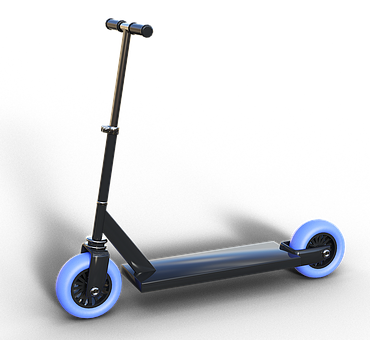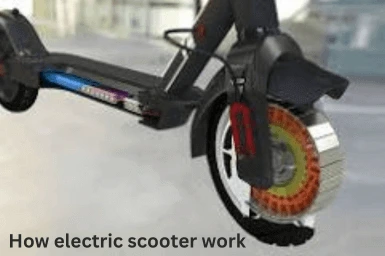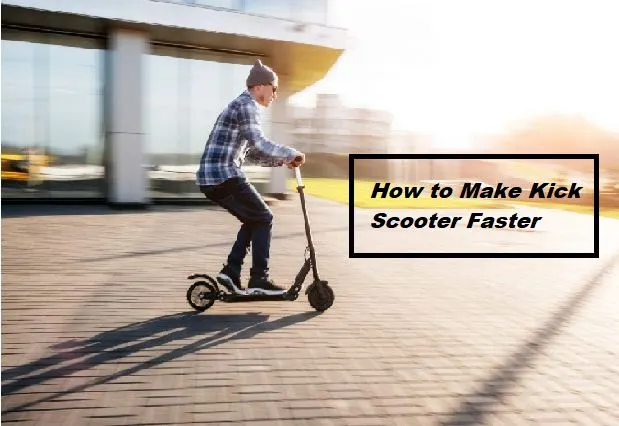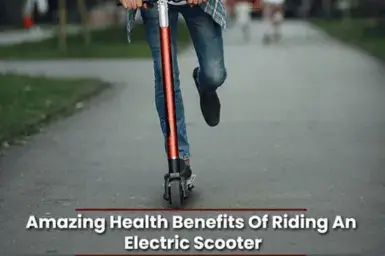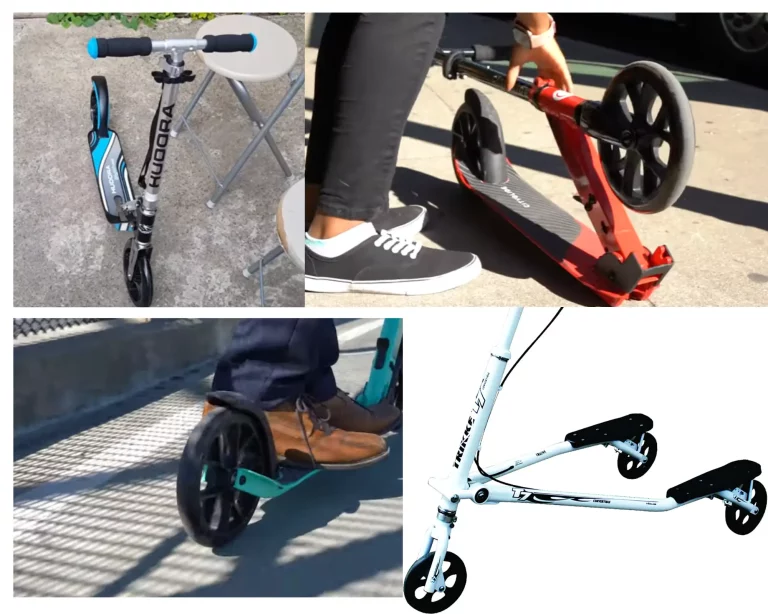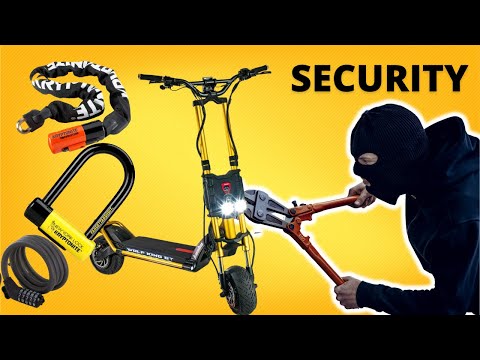How to Charge an Electric Scooter? 5 easy Steps
If you’ve bought a new electric scooter and are worrying about how to charge it properly to keep it in tip-top condition, you’ve reached the right place. Don’t fret; charging an e-scooter is a bit straightforward, but there’re a few things you must be aware of. This article will cover all the myths and truths of how to charge an electric scooter in a way ensuring it gets the most life out of battery.
Can we Charge Electric Scooter at Home?
Yes, it’s needless to ask. It’s possible to charge an e-scooter at home without encountering any serious problems. Charging might be a bit tricky if you don’t know the apt procedure. The manufacturers keep the voltage, time, and cost factors in mind and then supply the scooter with a suitable charger. You can charge it at home if there’s a home plug on the end of the charger wire that can fit into the normal house outlet.
Normally these use so little power that there’s no need to modify our home’s electricity connection to charge it. However, the main trick is good aerodynamics and energy efficiency. If you’re capable to power top of a line hair dryer, you can do the same with e-scooter charging.
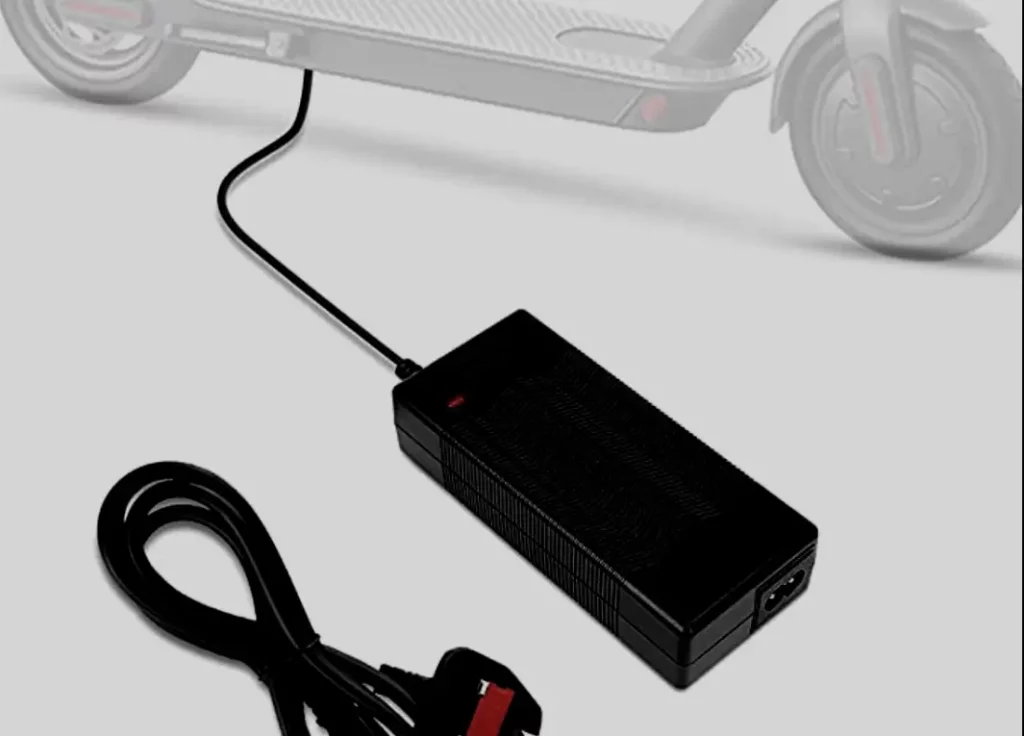
How to Charge Electric Scooter at Home – 5 Steps
Charging the battery in a good manner is a vital part of the e-scooter’s overall maintenance. Charging the battery should be a breeze, in case you’ve got a bona fide charger and electrical socket nearby.
Most of the scooters come with a little unclear instruction manual that doesn’t describe how to charge an electric scooter at an apartment. Here we’re going to cover 5 crucial steps for charging the battery of your e-scooter with ease.
Plug the Charger into the Wall Port
Unless the manual specifies otherwise, plug the charger into the electricity socket before connecting the scooter. It’s probably the best practice to protect the charger, its output capacitors, and the scooter from any damage.
Remember to place the charger on a non-flammable, uncovered surface that ensures plenty of airflow. Heating of charger during changing is an absolutely normal process, so take it easy.
Connect the Charger Plug to the Scooter’s Charging Port
Next, you need to power down your scooter and pull out the shielding cover on the charging port. The connector and the port must be dust free and blown out if required. Set the charger orientation carefully, as some are keyed and can go only in one direction. While for others, you can short the connector due to their poor design. When everything is done, plug the charger connector into the charging port of the e-scooter. Most of the scooter chargers have an LED to indicate the charging levels. When the scooter is charging, a red light will illuminate.
Charge Until It’s Complete
Always ensure to fully charge the scooter’s battery all the way to 100%. The LED on the charger will turn to solid green when the scooter is fully charged. Some of the scooters have an indicator on the display or small LEDs to indicate the battery level.
It sometimes happens that the indicator light will turn green before the full charge. If the scooter has a built-in voltmeter or battery display, you’ll find that the battery charging level hasn’t reached 100% yet. In such a state of affairs, you can continue to charge until it hits 100% if you’ve to go for a long distance.
Avoid Overcharging Scooter’s Battery
Routinely depleting and charging E-scooter’s battery is the key to overall battery health. However, overcharging can destroy battery health. So a best practice is to disconnect the charger as soon as the battery is full. Usually, a green indicator light will blink, which implies the battery is full now. The other indicator can be the voltmeter reading showing 100%. When you observe any of these, promptly remove the charger connector from the charging port.
Also Read: How to fix an electric scooter?
E Scooter Charging Instructions
As e-scooters are popular these days, it’s important to acknowledge safety concerns. Battery health is the main concern, so follow the below e-scooter charging instructions to keep the battery safe.
Don’t Charge it After a Ride
Avoid charging the e-scooter just after the ride because the battery heats up during riding. When we charge a hot battery, the cells inside it can get damaged. Most of the instructions manual doesn’t include this key info. Normally heat and batteries, peculiarly lithium-ion batteries, don’t go well together. After the ride in the hot sun, let your scooter cool down for about 25-30 minutes in the shade. It’s crucial to increase the scooter and battery’s lifespan and efficiency.
Don’t Turn On Your Scooter While Charging
Always remember to turn off the scooter power while charging because when you charge the scooter while riding, it’ll result in remarkable damage to the battery and will reduce the overall battery life. Most of the scooter models often show the battery percentage while charging, even when these aren’t turned on. So it’s important to let the scooter rest to improve charging efficiency.
Always Plug the Charger into the Electricity Port First
A safety bet for charging the e-scooter is to plug the charger into the electrical socket first and then into the charging port of the scooter. The reason is that the output capacitor of the charger is 0 Volts when not plugged in. If an unpowered charger is connected to the scooter battery, which normally has 36-84 Volts, it will result in the discharge of current to the charger capacitor with 0 volts. It may result in sparking and damage to the charger.
But when you plug the charger into the electrical socket first, the output capacitor voltage increases to a level much closer to the battery. If you plug it into the scooter, you shouldn’t get a spike in current because the voltage difference is much smaller now.
Charge when the Battery is Between 32 F and 113 F
If you’re living in a cold area and storing your e-scooter outside where it’s below freezing, then never charge it when the battery temperature is below freezing. Wait until the battery temperature reaches at least 0C(32F). Charging a battery between 32F to 113F (0C to 45C) is the safest. While charging at an elevated temperature of 45C (113F) can shorten battery life.
Always Use the Original Charger
The battery’s original charger is designed specifically for your ride, and no other can perform as efficiently as that one. So always use the one provided with your scooter. If it’s not working, buy a new one with almost identical specifications or you must have knowledge about how to charge electric scooter without charger?.
Make Sure Your Electric Scooter and Charger aren’t Wet
After riding in a wet condition, rain, for instance, always make sure to drip off or wipe off your e-scooter with a clean, dry piece of cloth before you plug the power cord into the wall outlet. Even if your electric scooter has an IP rating, there’s still a good chance that it won’t be completely waterproof. It’s possible that some water has gotten into places where it shouldn’t have, such as the charging port. A minimum recommended time to let it dry is about 30-45 minutes.
Don’t Ride it Directly after Charging
Riding the bike promptly after the charging will result in the battery heating up and, ultimately, damage to the cells. So avoid riding it directly after charging. The battery will perform best at about 20C (68 F).In much hotter/colder temperatures, performance decreases.
FAQs
1- When to Charge an Electric Scooter?
Remember to charge your scooter every day or every time you ride it. At all times, the battery capacity should be kept between 30% to 80%. The recommended lowest battery level is 30-40%. When it’s reached, and you continue to drive, then it suddenly falls to about 15%. Low battery levels (under 15%) are likely to shorten the battery’s lifespan. So charge the battery before reaching this level.
2- How Much is Electricity Consumed while Charging an Electric Vehicle?
Most of the high-quality 2 wheelers vehicles use about 3.5 units of electricity per charge. While each charge of the e-scooter requires 1-3 units of electricity.
3- How Do You Charge the Scooter?
To charge a scooter, always use the original charger and avoid overcharging. Don’t leave it for hours to charge, as this drains the battery life in no time.
4- Why shouldn’t you leave the scooter plugged in after charging?
When the battery is fully charged, the extra charge results in the plating of metallic lithium to the anode in the battery. It’ll accumulate, blocking the way of lithium ions and moving electrons, thus degrading the battery.
5- Why is it important to store partially charged?
Always store your e-scooter with a partially charged battery, as during storage, the cells will lose some charge. If the battery isn’t charged or has below 2.7 volts/cell, it degrades and becomes potentially hazardous.
The Verdict – How to Charge an electric scooter at home
We’ve tried our best to provide you with all the details about “how to charge an electric scooter at home?” Although it may seem a straightforward process, in reality, it’s not as smooth as charging a mobile phone. To ensure battery health, you need to be careful about e-scooter charging instructions and follow the right charging procedure.
Safe Commuting 🙂!



